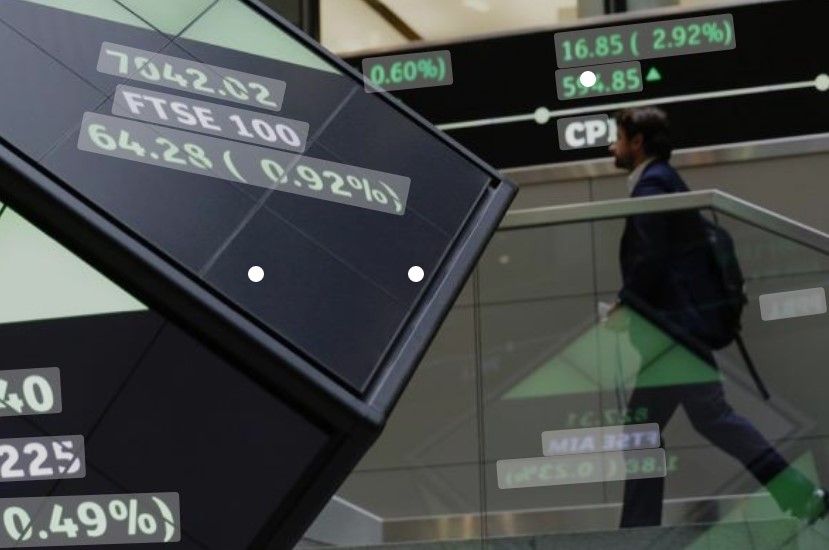FXOpen

In February this year, the magical 8,000 points milestone was reached by the FTSE 100 index after a start to 2023, in which analysts were highly optimistic about traversing this incredible milestone.
Just as the same level of euphoria abounded among traders and commenters alike in the early summer of 2021 when the FTSE 100 index crossed the 7,000 points mark during a period in which many companies and individuals across the Western world were facing tremendous economic concerns in the wake of government-enforced lockdowns.
Here we are two years later, and another thousand points have been added to the group consisting of the 100 most prestigious blue-chip companies whose stocks are listed on the London Stock Exchange.
Against the backdrop of supply chain and logistical difficulties, continually rising inflation and a technology company stock crash on North American exchanges last year, and throughout the period during which new, barely known companies were listed on the NASDAQ exchange using Special Purchase Acquisition Companies (SPAC) and bypassing the usual admission criteria back in 2021, the traditional companies which are included in the FTSE 100 index have been performing remarkably well.
The huge valuations which accompanied tech listings on NASDAQ two years ago have gone as silent as the companies which headlined, and US tech stocks are still in volatile turmoil.
The bricks-and-mortar industries, which have been the darling of London’s traders for decades, are doing well by contrast.
The lofty heights of 8,012 points reached by the FTSE 100 in February this year represented a steady upward journey for the FTSE 100, but it was broken by the sudden reduction in confidence among traders for bank stocks following the sudden demise of Silicon Valley Bank, which although is not listed on London Stock Exchange, was a high profile collapse of a large, long-established and respected financial institution.
Bank stocks have been volatile in the past, especially when the confidence of their customers has been called into question by regulatory transgressions, poor commercial decisions and high-profile collapses despite ever-evolving regulations aimed at preventing such occurrences.
Bank stocks listed on the London Stock Exchange suddenly dropped as investors worried about any cross-continental contagion from the Silicon Valley Bank collapse, which was suddenly followed by the demise of some smaller regional banks in the United States and very soon afterwards Credit Suisse, the second largest Swiss bank.
Over £70 billion was wiped from the value of London’s top stocks overnight, but a month has passed, and there has been no contagion in the United Kingdom from these banking crises, and the FTSE 100 has been climbing once again, albeit steadily.
The steady but sure nature of mining companies, construction firms, retail giants and high street big names is clearly in favour.
By this time last month, it looked as if the FTSE 100 would approach 8,000 points once again, but the Silicon Valley Bank collapse resulted in a drop from over 7,900 points to 7,410 on March 10.
Between March 24 and today, the FTSE 100 has been increasing strongly, going from 7,405 to 7,879.
A minor blip yesterday in which the rising value tailed off has perhaps dulled any opinion that 8,000 points are within easy reach, but a 475-point increase in just under a month is nothing to shrug at!
Trade global index CFDs with zero commission and tight spreads. Open your FXOpen account now or learn more about trading index CFDs with FXOpen.
This article represents the opinion of the Companies operating under the FXOpen brand only. It is not to be construed as an offer, solicitation, or recommendation with respect to products and services provided by the Companies operating under the FXOpen brand, nor is it to be considered financial advice.
Stay ahead of the market!
Subscribe now to our mailing list and receive the latest market news and insights delivered directly to your inbox.








